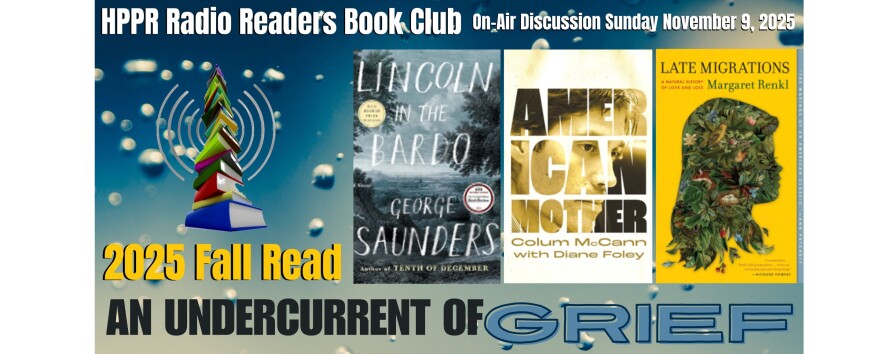Hello! I’m Tito Aznar for the HPPR Radio Readers Book Club’s 2025 Spring Read. Many of us often see creativity as a gift, as something we either have or don’t have. In What’s So Funny?, David Sipress shows us that creativity can be much more complicated than that. It can be messy, unpredictable, and often fueled by self-doubt. His memoir isn’t just about becoming a cartoonist; it’s about the long, uncertain journey of figuring out how to turn ideas into something real. Through personal stories, professional struggles, and a lifetime of drawing, Sipress makes one thing clear: creativity isn’t about talent alone—it’s about persistence, adaptability, and, surprisingly, anxiety.
For Sipress, creativity wasn’t just a career path—it was a way of coping with life. Growing up in an achievement-oriented family, he often felt like he didn’t quite fit in. His father, an immigrant, high-end jeweler, had very clear expectations of what success should look like. Drawing cartoons didn’t exactly make the cut. But while his family may not have valued his artistic ambitions, Sipress found that humor and drawing helped him navigate his anxieties.
The idea that creativity can be a survival mechanism is one of the most interesting motifs in What’s So Funny? Sipress didn’t just draw for fun; he drew because it helped him process his fears, his self-doubt, and the overwhelming expectations placed on him. Many artistic people can probably relate to this. Creativity isn’t just about making something beautiful or entertaining; sometimes, it’s about making sense of the world.
Sipress’ memoir doesn’t present creativity as something glamorous. There’s no magical moment when everything clicks, and he instantly becomes a successful cartoonist. Instead, his path is full of rejections, second-guessing, and long periods of uncertainty. Before landing a steady gig at The New Yorker, Sipress spent years struggling to break into the world of professional cartooning. He submitted countless cartoons to magazines, only to get rejection after rejection, but instead of giving up, he kept drawing. This persistence is a huge part of what makes his story so compelling. Creativity, he shows, is about discipline and resilience. Creativity requires putting in effort, taking risks, and, above all, having the willingness to fail and try again.
Sipress is incredibly open about his struggles with anxiety, and what’s fascinating is how closely linked his anxiety and creativity are. Instead of shutting him down, his anxiety fuels his work. He overthinks, he worries, he obsesses over details—but in the world of cartooning, that kind of meticulous thinking is actually useful. His best cartoons often come from observing life’s absurdities, questioning everything, and turning his own neuroses into humor. This may challenge the common idea that creativity should feel effortless. We often imagine artists as people who are struck by sudden bursts of inspiration, effortlessly creating brilliant work. But for Sipress, creativity is work—sometimes painful, often frustrating, but ultimately rewarding. His story is a great reminder that struggling with the creative process doesn’t mean we are doing it wrong. If anything, struggle is part of what makes creativity meaningful.
What’s So Funny? also shows us that creativity is about connection. His cartoons don’t just make him feel better; they resonate with others. People see themselves in his work. We laugh because we can recognize the same absurdities and anxieties in our own lives. This is the real power of creativity. It bridges gaps, brings people together, and makes us feel less alone. Sipress’ humor isn’t only about getting a laugh; it’s about revealing truths—sometimes uncomfortable, sometimes ridiculous, but always relatable. I’m Tito Aznar for the HPPR Radio Readers Book Club.










